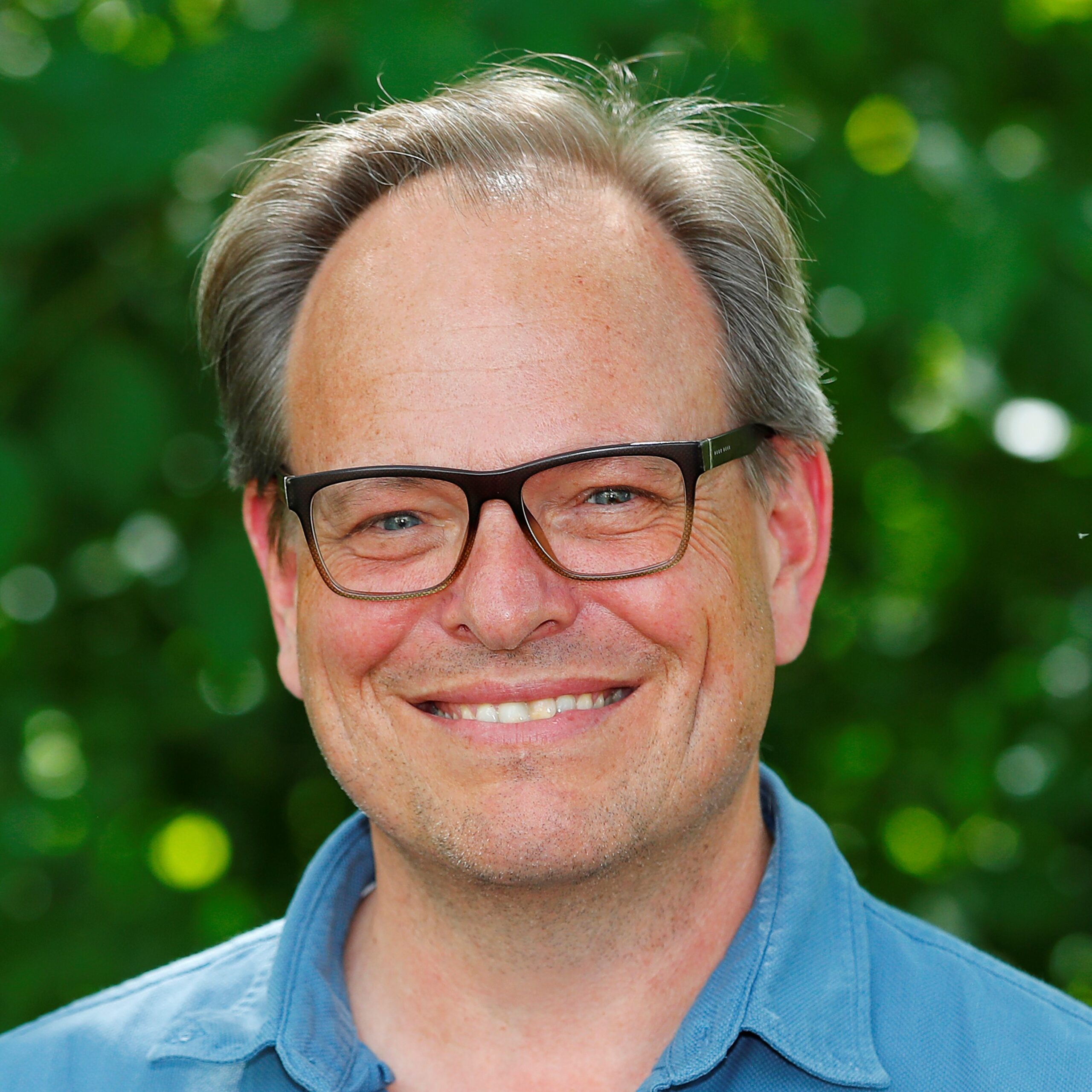Abstract:
Biofilms in caves and mines as a window into exciting and novel microbial ecophysiologies
Speaker: Tillmann Lueders
Chair of Ecological Microbiology, Bayreuth Center of Ecology and Environmental Research (BayCEER), University of Bayreuth, Germany

The terrestrial subsurface is mostly considered as an oligotrophic, low biomass habitat for prokaryotes and also for higher organisms. Still, hot-spots of microbial growth and activity in the subsurface can be found at oxic-anoxic interfaces, where reduced waters, solutes and gases become exposed to atmospheric oxygen, giving rise to rich chemolithoautotrophic microbial growth. This can lead to the formation of massive microbial biofilms, covering the walls of caves and mines. Here, we report on two different case studies, where we are currently combining advanced biogeochemistry, microbiology and ‘omics technologies to unravel the fascinating, partially unfathomed physiology and ecology of the microbiota within such biofilms.
In the cavern of an iodine-rich former medicinal spring in prealpine Southern Germany, we have previously described methane-oxidizing microbial biofilms forming massive snottites at the ceiling. Up to 3000 ppm of geogenic methane in the cavern explain this rich chemolithoautotrophic growth, but the spring water can also contain up to 23 mM of iodine. Since reactive iodine species can be toxic for microbes, the massive microbial growth in this cave is a fascinating phenomenon. Potentially, microbes capable of utilizing different iodine species could be prevalent in the biofilms. Indeed, we have now identified distinct biofilm bacteria capable of oxidizing iodide coupled to oxygen as electron acceptor. Moreover, evidence for an iodate-dependent methane oxidation is suggested via metagenomic data. A metagenome-assembled genome (MAG) of a member of the recently discovered Methylomirabilota, Candidatus Methylomirabilis iodofontis, hosted genetic signatures of oxygenic denitrification, aerobic methane oxidation, and also of iodate respiration.
Further, we investigate intriguing biofilms discovered in a man-made subsurface ecosystem, a historic copper mine in Northern Bavaria. Extensive asphalt-like biofilms have been found on the walls, which were highly enriched in Mn(IV)-oxides (up to 40% dw) and teeming with bacterial cells. Identification of the labile Mn(III) around cells via STXM-NEXAFS spectroscopy suggested active biological Mn-oxidation in situ. We reconstructed 132 MAGs, of which, intriguingly, nearly half encoded characteristic multi-heme cytochromes indicative of extracellular electron transfer, a necessary capacity for utilizing extracellular mineral phases. Many MAGs with a capacity for autotrophic CO2 fixation contained such multi-heme cytochromes and constituted up to 23% of the total community. Metal-oxidizers within uncultured families of the Gammaproteobacteria, Nitrospirota, and Acidobacteriota were identified as major primary producers in these biofilms. We continue to explore and aim to isolate such novel microbial ecotypes from the biofilms, to complete our perspective of the fascinating microbes hosted in such peculiar subsurface habitats.
